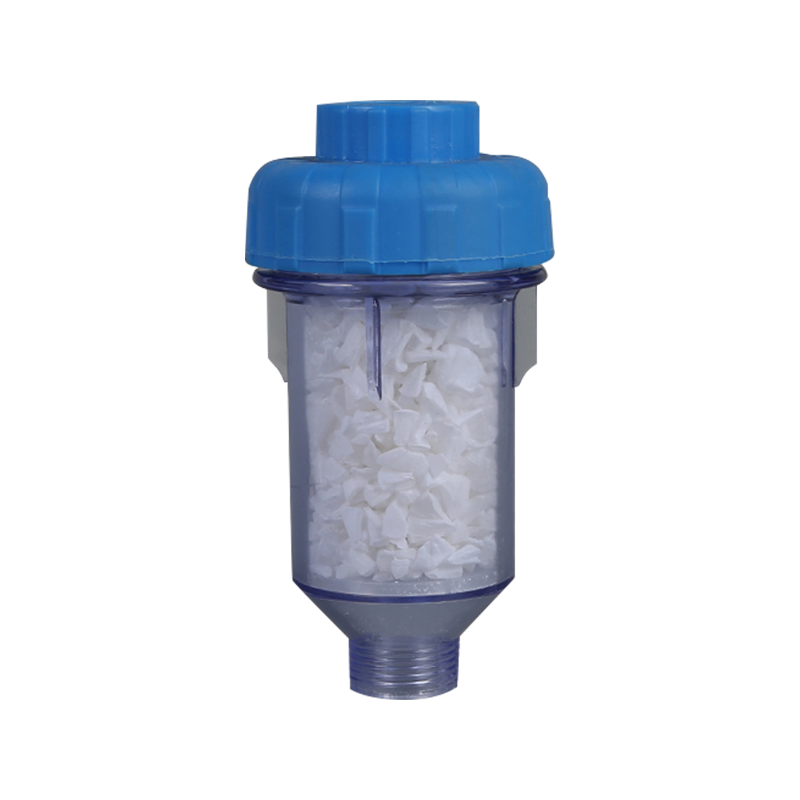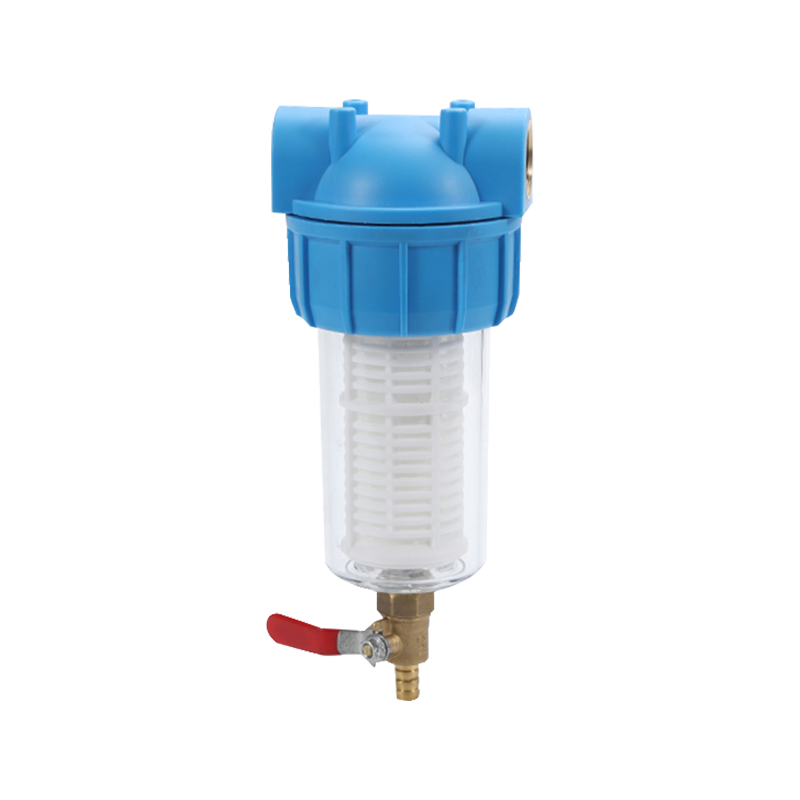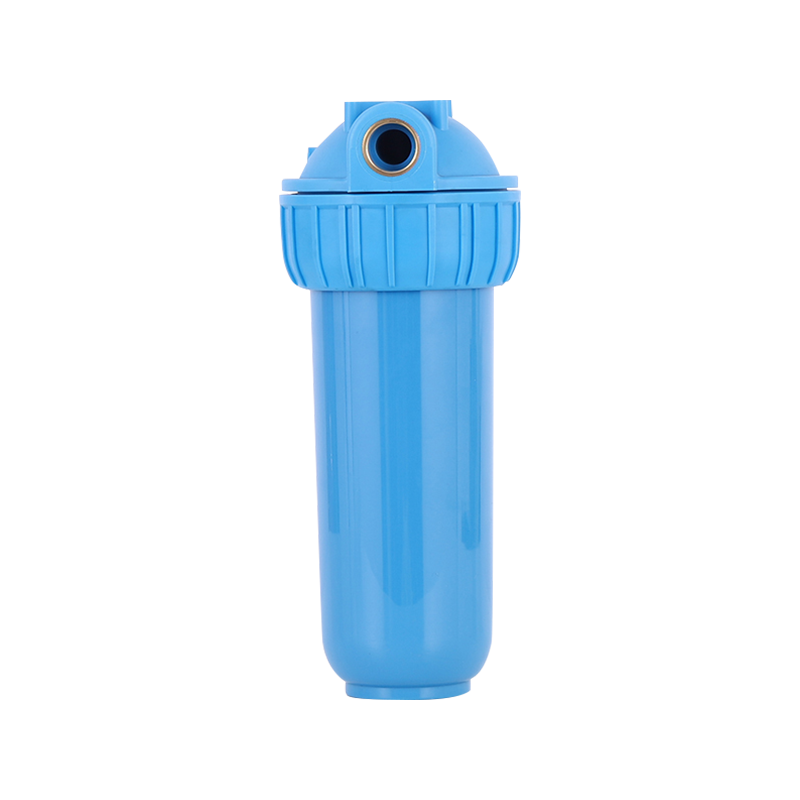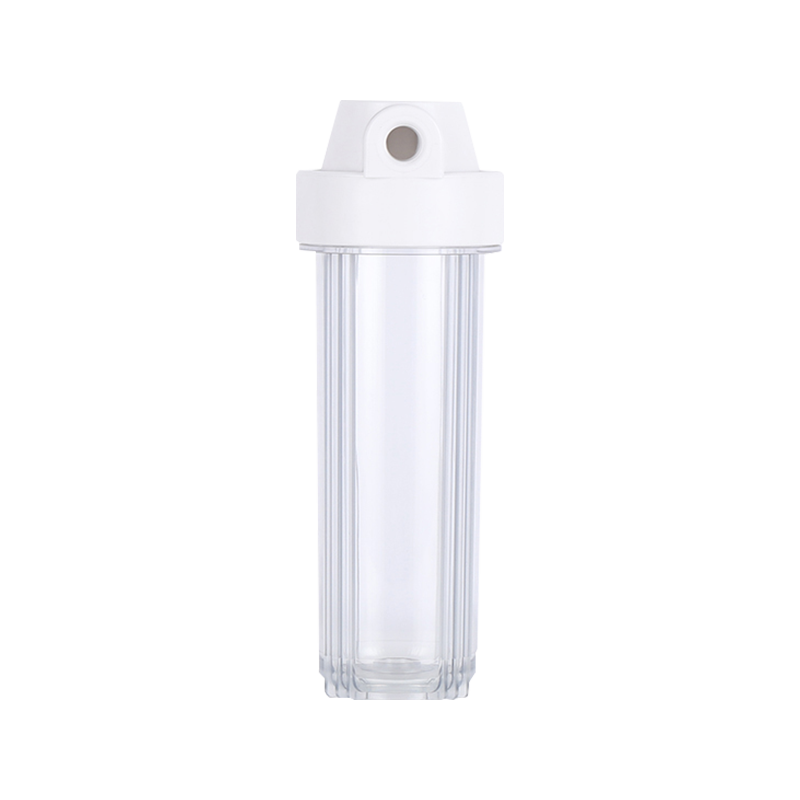The core highlight of this filter is its built-in silicone sheet filter layer. As a high-performance elastic material, silicone has high-temperature resistance, aging resistance, corrosion resistance,...
See Details [email protected]
[email protected] +86-18857088392
+86-18857088392 No. 1, Guihua 'an Road, Qinggang Xiaohu Family, Mushan Town, Yuyao , Zhejiang, CHINA
No. 1, Guihua 'an Road, Qinggang Xiaohu Family, Mushan Town, Yuyao , Zhejiang, CHINA
How to Choose the Right Water Filter Cartridge for You? A Comprehensive Guide
Industry News-As drinking water safety issues are increasingly valued, choosing a suitable water filter is crucial. The Water Filter Cartridge not only affects the filtration effect, but also affects the cost of use and health protection.
1. Understand your water quality needs
The water quality components and pollutant types vary in different regions. Before choosing a filter, you must first clarify the water quality characteristics of your home. Common pollutants in water include:
Suspended matter and particulate impurities: such as mud, rust, soil, etc., which can be seen by the naked eye or captured by a filter.
Residual chlorine and odor: Chlorine added during the disinfection of tap water will bring a pungent odor, and long-term drinking will affect the taste and health.
Organic pollutants: pesticide residues, harmful chemicals in industrial wastewater.
Heavy metals: lead, mercury, arsenic, etc., which are harmful to health after accumulation.
Microorganisms: pathogens such as bacteria and viruses may cause diseases.
By testing water samples through local tap water quality reports or professional testing agencies, you can accurately judge water quality problems. For example, if you find that the water is turbid and has more particles, you need to choose a filter with strong mechanical filtration; if the water has an odor or tastes bad, it means that the residual chlorine or organic content is high, and it is more appropriate to choose an activated carbon filter.
2. Introduction to filter element types
When choosing a filter element, first understand the functions and filtering effects of various filter elements:
PP cotton filter element (polypropylene filter element)
The function is to intercept large particles of impurities in the water, such as sand, rust and suspended matter, to protect the subsequent filter element from being blocked. The filtration accuracy of PP cotton is generally 5 microns and above, which belongs to mechanical filtration. Its structure is multi-layered and can intercept particles of different sizes layer by layer.
Activated carbon filter element
Mainly adsorbs residual chlorine, odor, organic pollutants and some heavy metals in water. The surface of activated carbon is rich in pores and has strong adsorption capacity. It can effectively improve the taste and smell of water, but it cannot filter bacteria and microorganisms.
Reverse osmosis filter element (RO membrane)
Using semi-permeable membrane technology, the filtration accuracy reaches 0.0001 microns, which can effectively remove most soluble impurities, heavy metals, bacteria, viruses and organic matter. The RO membrane produces pure water, but removes minerals. Some users need to cooperate with post-mineralization filter elements.
Ultrafiltration filter element (UF membrane)
The filtration accuracy is about 0.01 micron, which can remove most bacteria and colloids, but retain some minerals. It is suitable for areas with good water quality, does not require electricity, and has low maintenance costs.
Ion exchange filter element
It is mainly used to soften water quality, remove hardness ions such as calcium and magnesium in water, reduce scale formation, and partially remove heavy metals.
Understanding the functions of these filter elements, you can choose a combined filter element for water quality problems to improve filtration efficiency.
3. Choose filter element specifications and compatibility
Water purifiers of different brands and models have strict requirements on filter element size and interface type. Before purchasing a filter element, confirm:
Dimension specifications: The length and diameter of the filter element must match the size of the filter element bin of the water purifier.
Interface type: There are threaded interfaces, snap-on interfaces, etc. Wrong interfaces will cause water leakage or unstable installation.
Filter element model: There are many filter element models of the same brand, and you must check whether the model matches the equipment.
It is recommended to check the water purifier manual or the manufacturer's official website and purchase according to the equipment recommendation to avoid compatibility issues that lead to inability to install or use.
4. Consider the life and replacement frequency of the filter element
The life of the filter element is an important indicator when purchasing, which affects the cost of use and water quality safety. After the filter element has been used for a period of time, the filtering effect will decrease, and it may even become a breeding ground for bacteria. General reference for filter element replacement cycle:
PP cotton filter element: Due to the large filtering particles, it is easy to clog, and it is generally replaced every 3-6 months, depending on the water consumption and water quality.
Activated carbon filter element: The adsorption capacity is limited, and it is usually replaced every 6-12 months.
RO membrane filter element: The service life is relatively long, generally 2-3 years, adjusted according to water quality and water consumption.
Ultrafiltration filter element: The service life is generally 1-2 years.
If the water flow rate is significantly reduced, the water quality is deteriorated, or the taste is abnormal, the filter element should be replaced in time.
5. Pay attention to filter element certification and material safety
The filter element is in direct contact with drinking water, and the material and quality safety are crucial. When purchasing, you should pay attention to:
Third-party certification: such as NSF (National Sanitation Foundation) and WQA (Water Quality Association) certification to ensure the filtering effect and material safety of the filter element.
Environmentally friendly materials: The filter element material is non-toxic and harmless, and does not release secondary pollutants.
Manufacturing process: Use high-quality raw materials to avoid adding additives that are harmful to the human body.
Choose a certified regular brand filter element to ensure water safety.

 English
English русский
русский Español
Español عربى
عربى 中文简体
中文简体
 >
> >
> >
> >
> >
> >
> >
> >
>
